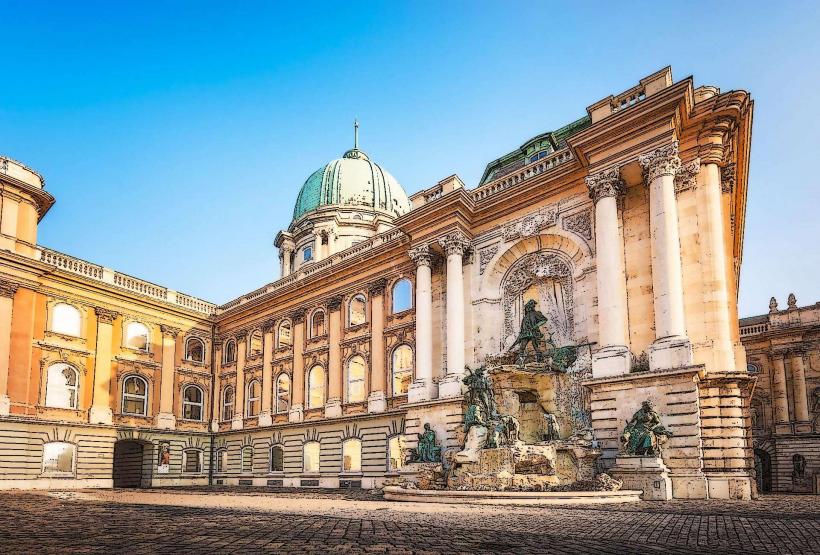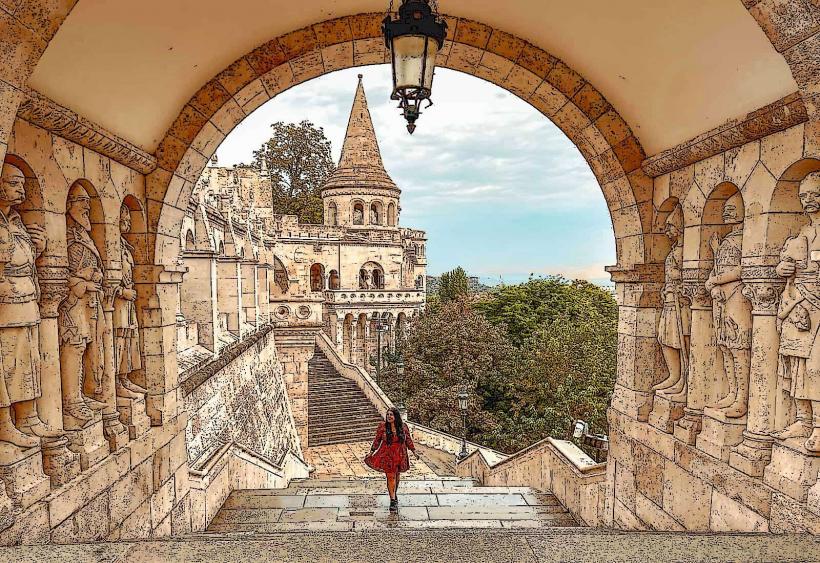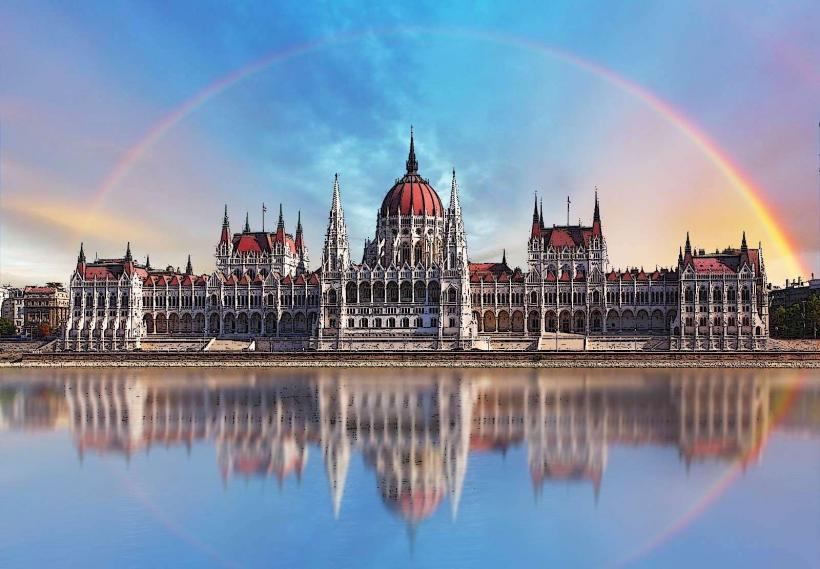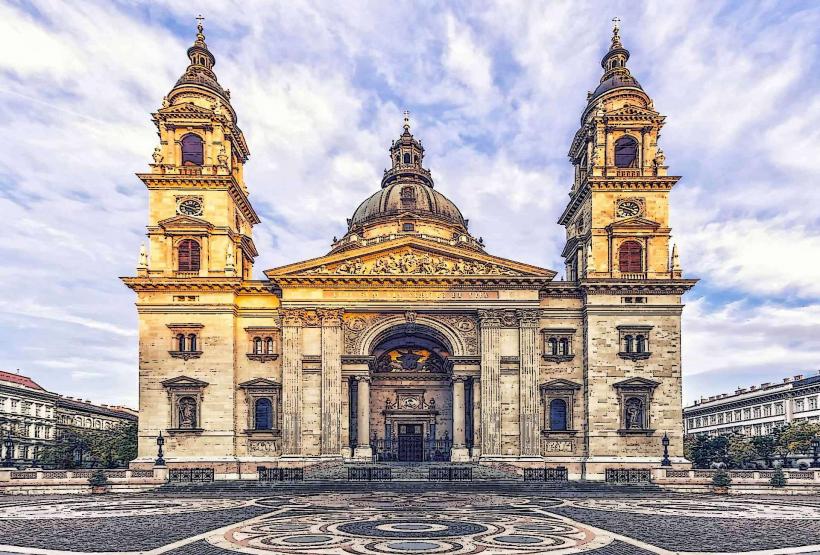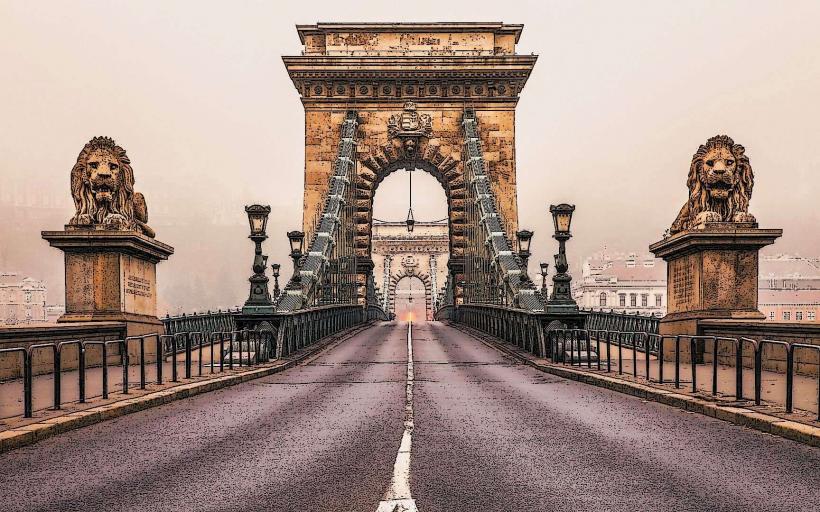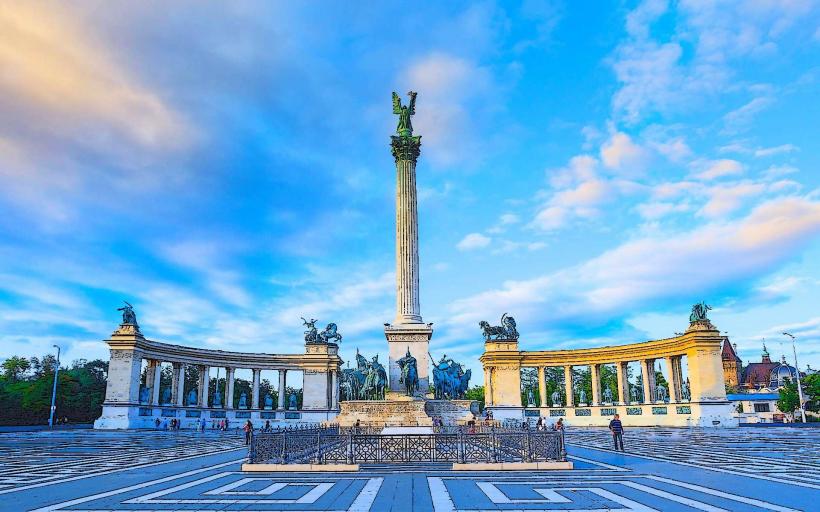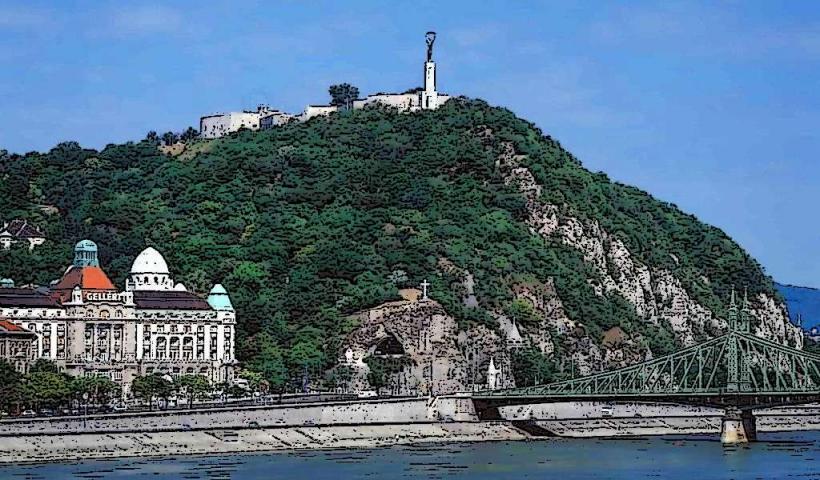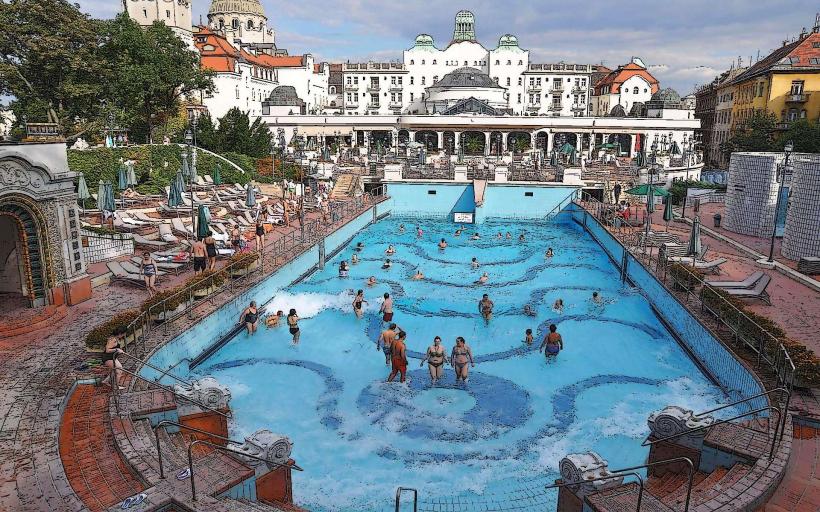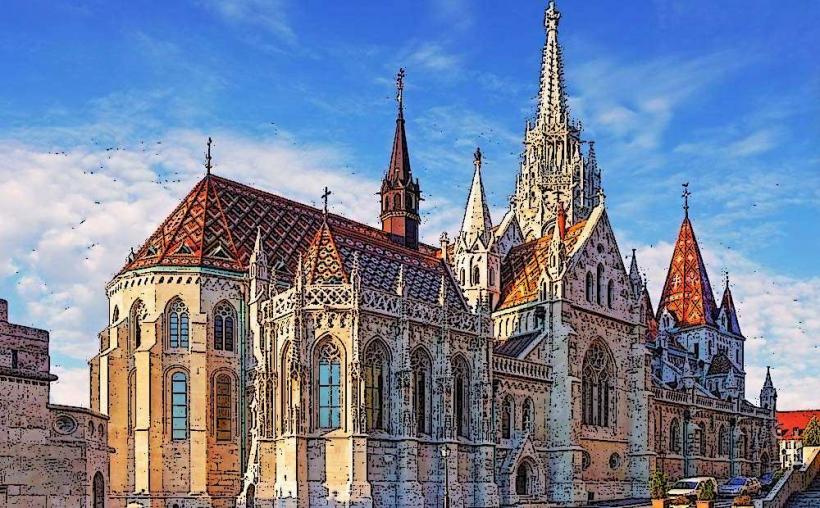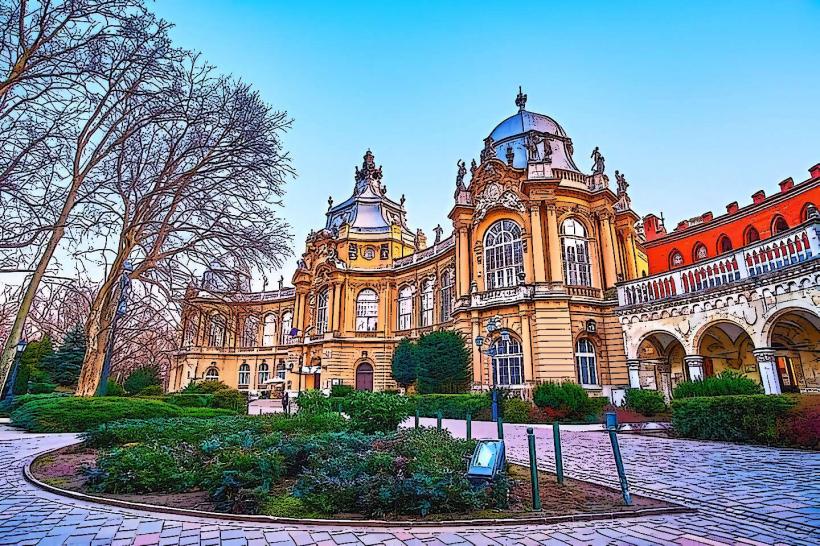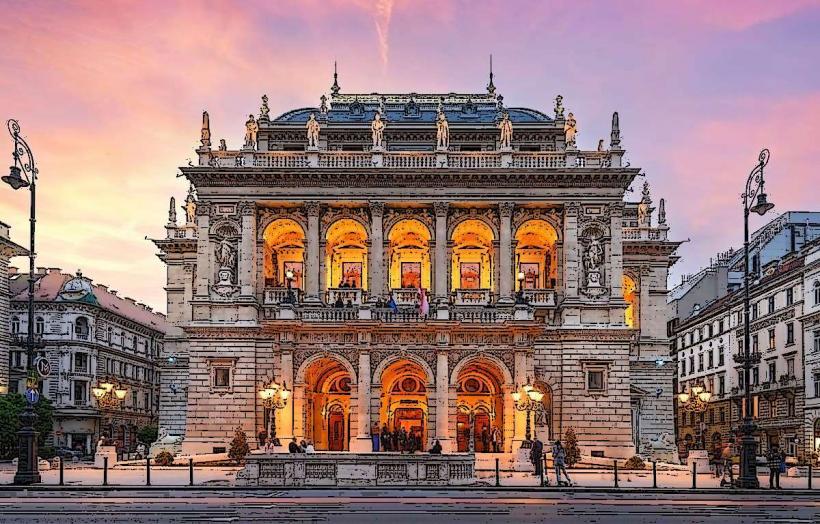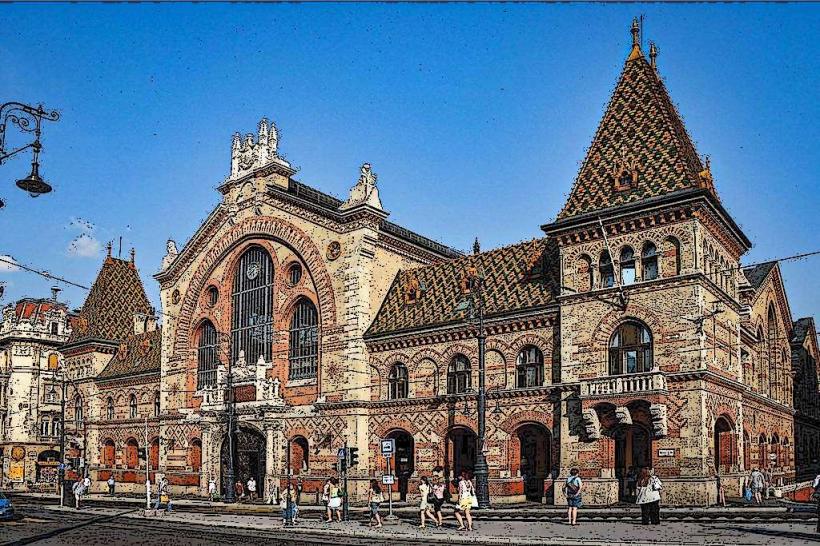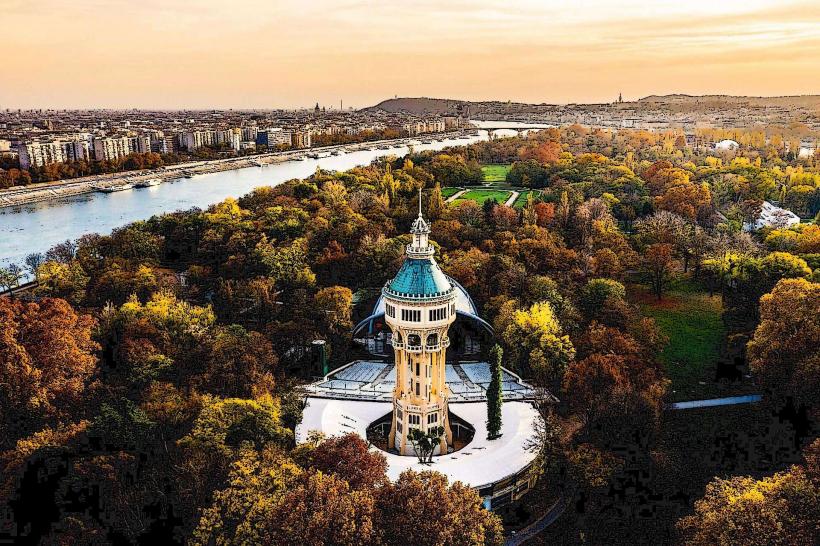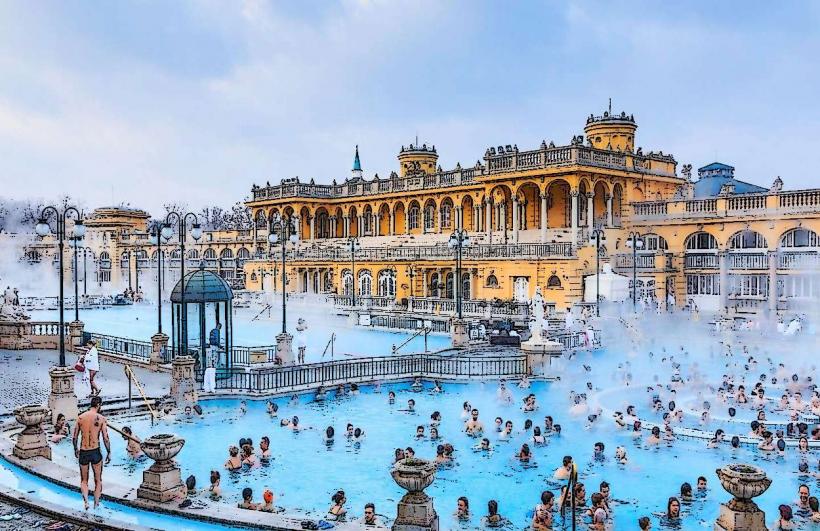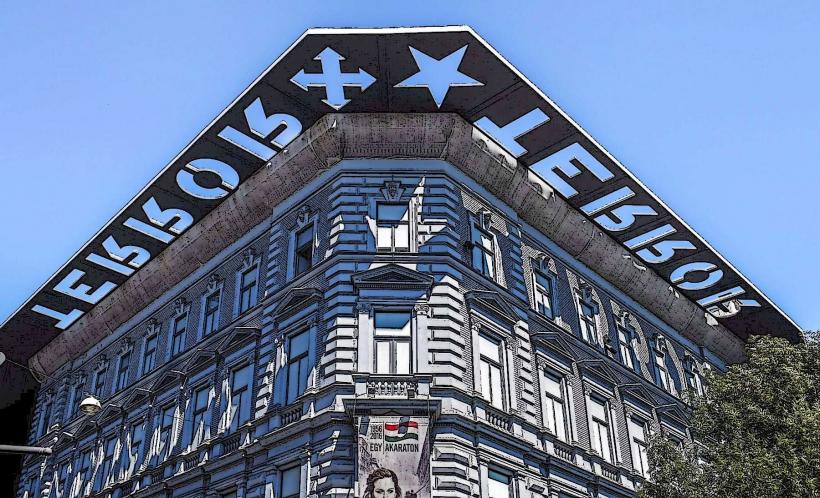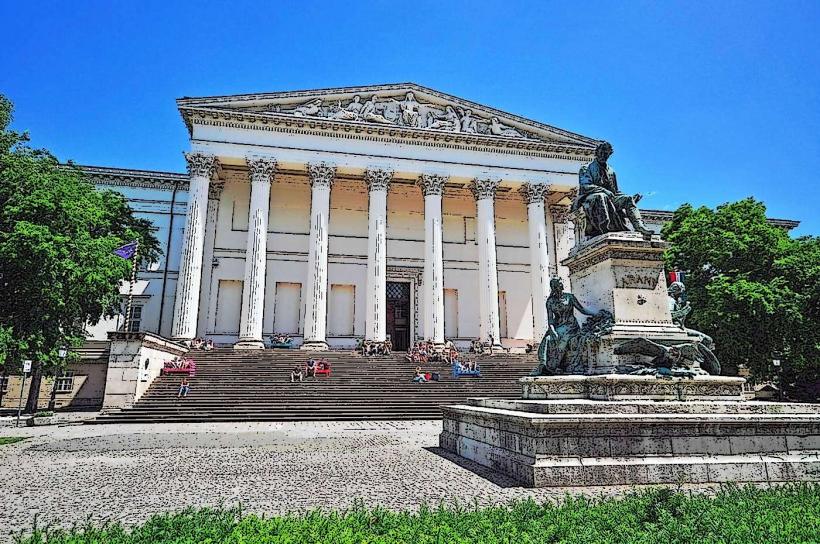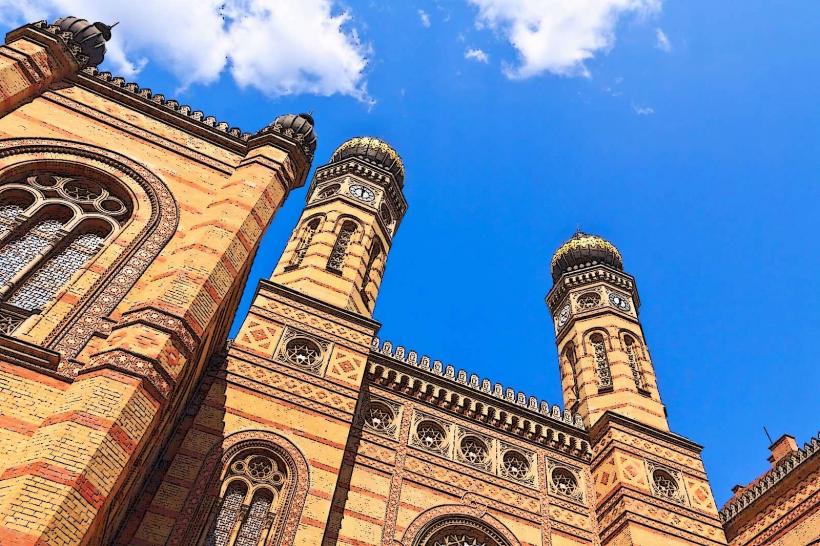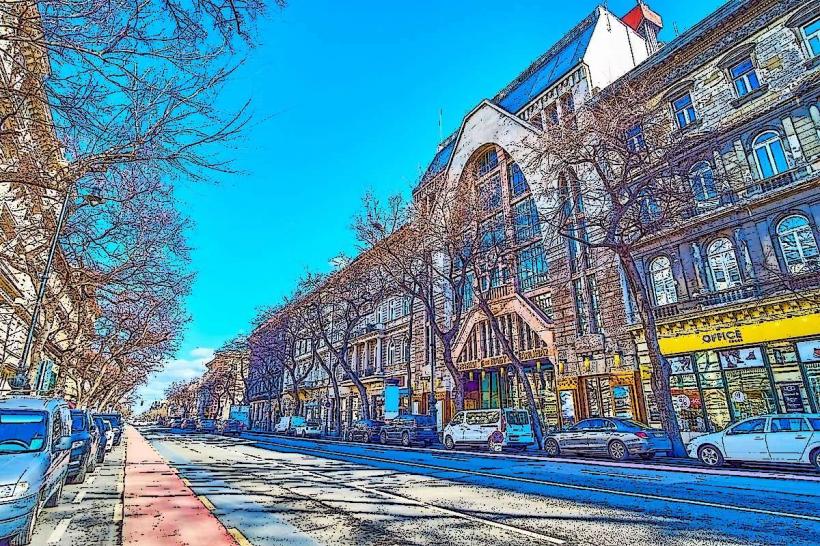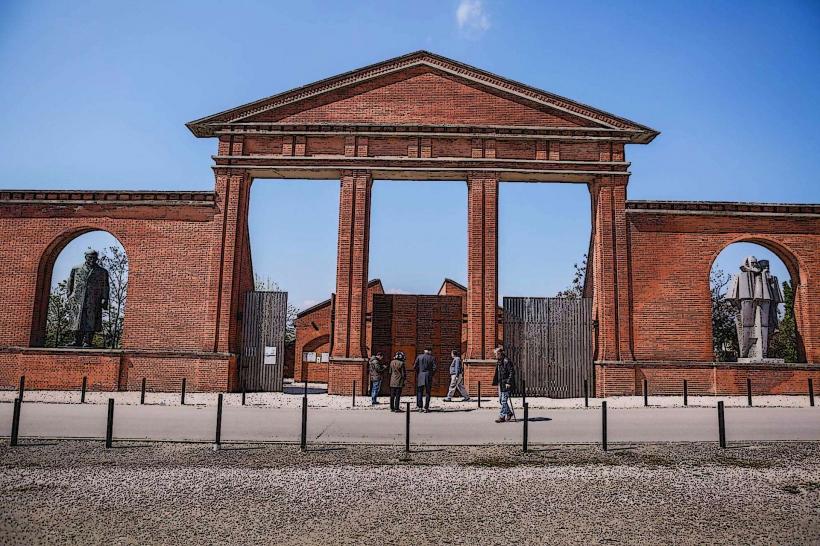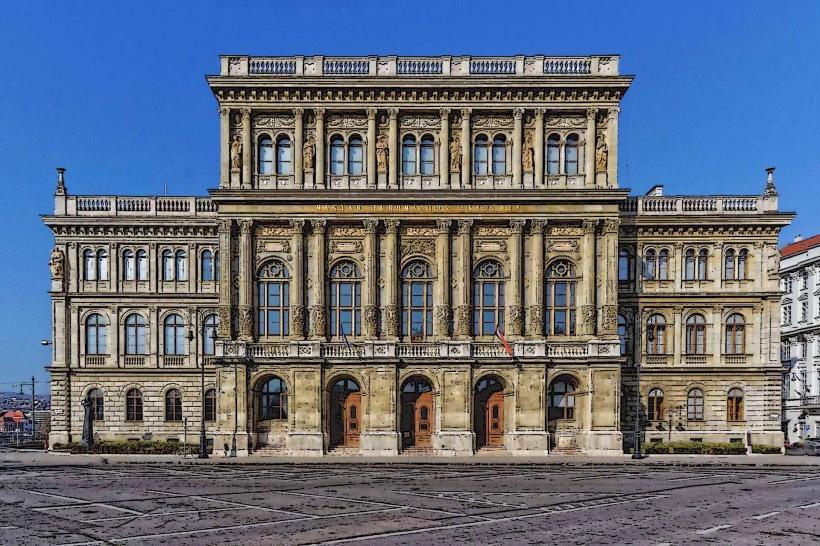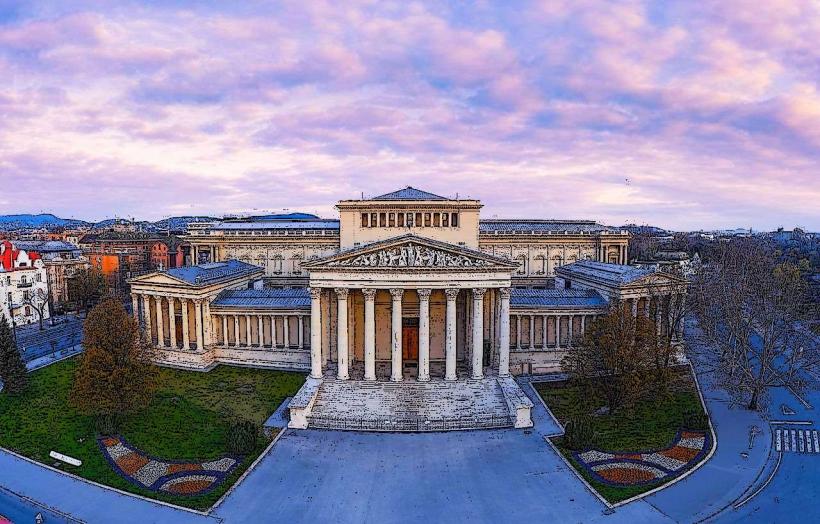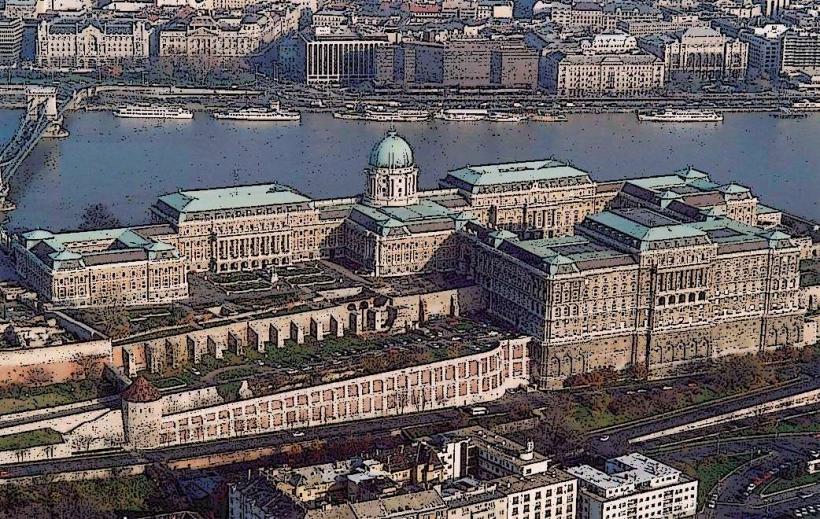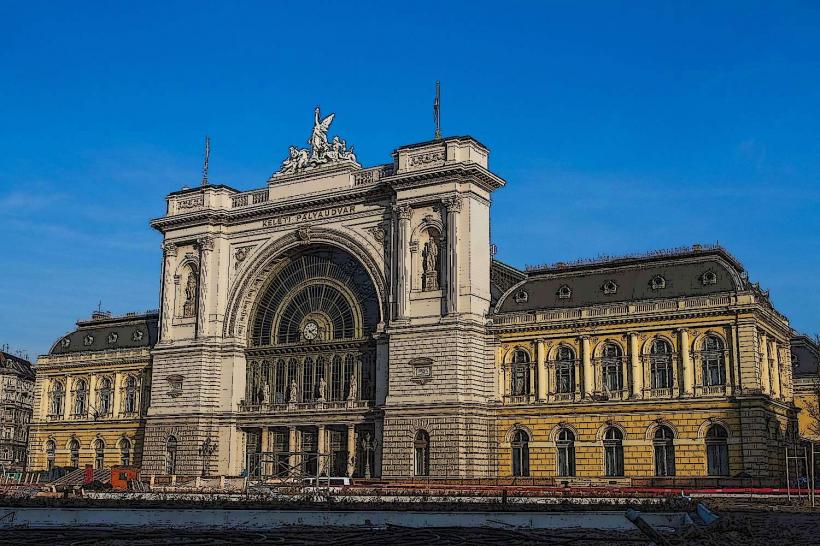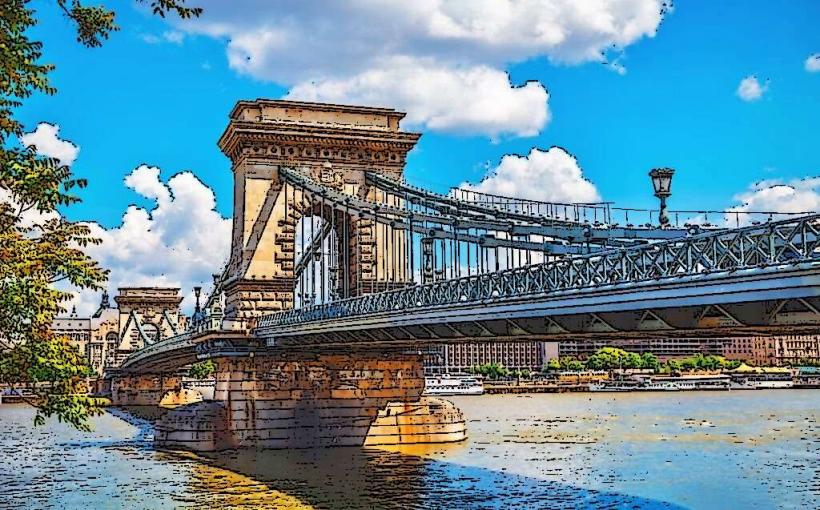Information
Landmark: Liberty StatueCity: Budapest
Country: Hungary
Continent: Europe
The Liberty Statue (Hungarian: Szabadság Szobor) is one of Budapest's most prominent landmarks, standing atop Gellért Hill and offering sweeping views of the city. The statue is a symbol of Hungary’s freedom and independence, and it has a significant historical and cultural meaning for the Hungarian people.
History and Background
- Built in 1947: The statue was erected in 1947 to commemorate the Soviet liberation of Hungary from Nazi occupation at the end of World War II. It was part of a larger set of monuments in Budapest that celebrated Soviet influence in Eastern Europe after the war.
- Soviet Influence: The statue was designed by the Hungarian sculptor Zsigmond Kisfaludi Strobl and depicts a female figure holding a palm branch, a symbol of peace and victory. The original design had elements that reflected Soviet ideals, such as the Soviet star, but after the end of the Soviet era in Hungary, the statue was seen as more of a symbol of freedom from oppression.
Location and Design
- Position on Gellért Hill: The Liberty Statue is situated on Gellért Hill, one of the most famous hills in Budapest, offering panoramic views of the city. The hill itself is named after Saint Gellért, a Christian bishop who was martyred in the 11th century. The statue stands near the top of the hill, at an elevation of 235 meters (771 feet), making it a prominent feature of the Budapest skyline.
- Statue Design: The statue itself is 14 meters (46 feet) tall, while the pedestal it stands on is about 26 meters (85 feet) tall. The figure holds a palm branch in her right hand, a symbol of peace and victory. The statue was initially intended to represent the liberation of Budapest from Nazi forces, but it has come to symbolize the broader concept of freedom.
Cultural Significance
- Symbol of Freedom: While the statue originally celebrated the Soviet liberation of Hungary, in later years, it became associated with the concept of freedom in a more general sense. After the fall of the Soviet Union, the statue was viewed by some as a reminder of the struggles for Hungarian independence and sovereignty. It is a symbol of the country's desire for freedom and self-determination, particularly during times of political upheaval.
- Controversy and Reinterpretation: The statue was subject to political controversy, especially after Hungary transitioned to a democratic republic in the early 1990s. In 2006, Hungary’s government declared the statue would remain as a symbol of freedom for all Hungarians, irrespective of its Soviet origins. Some see it as a reminder of the country’s communist past, while others view it as a commemoration of national resilience.
Access and Viewpoints
- Panoramic Views: The Liberty Statue is situated at the top of Gellért Hill, providing some of the most breathtaking panoramic views of Budapest. From this vantage point, visitors can admire landmarks such as Buda Castle, the Danube River, the Parliament Building, and the Chain Bridge.
- Accessibility: The hill is accessible via walking paths, a funicular (the Gellért Hill Funicular), or public transport. The hill itself is part of the Gellért Hill Park, which includes several other attractions like the Gellért Baths and the Citadella fortress.
The Citadella and the Statue’s Surroundings
- The Citadella, a 19th-century fortress, is located near the statue and was originally built by the Habsburg Empire to control Budapest. The statue itself is situated near the Citadella, and many visitors combine a trip to the Liberty Statue with a visit to the fortress, where they can learn more about Budapest’s military history.
- The Citadella and the Liberty Statue together form an iconic landmark with significant historical, cultural, and political significance for the city of Budapest.
In Popular Culture
- The Liberty Statue is frequently featured in photographs of Budapest and is often depicted in travel guides and films that highlight the city’s rich history and dramatic skyline.
- Due to its location and the historical significance it holds, the statue continues to draw tourists, historians, and those interested in Hungary’s political past.
Conclusion
The Liberty Statue is not just a memorial to Hungary’s World War II liberation but has evolved into a broader symbol of freedom, independence, and resilience. The statue stands as a powerful reminder of Budapest’s history, its struggles, and its eventual triumph over oppression. Visitors to the city will find it an essential site to visit, both for its historical significance and the stunning views it offers of the Hungarian capital.

